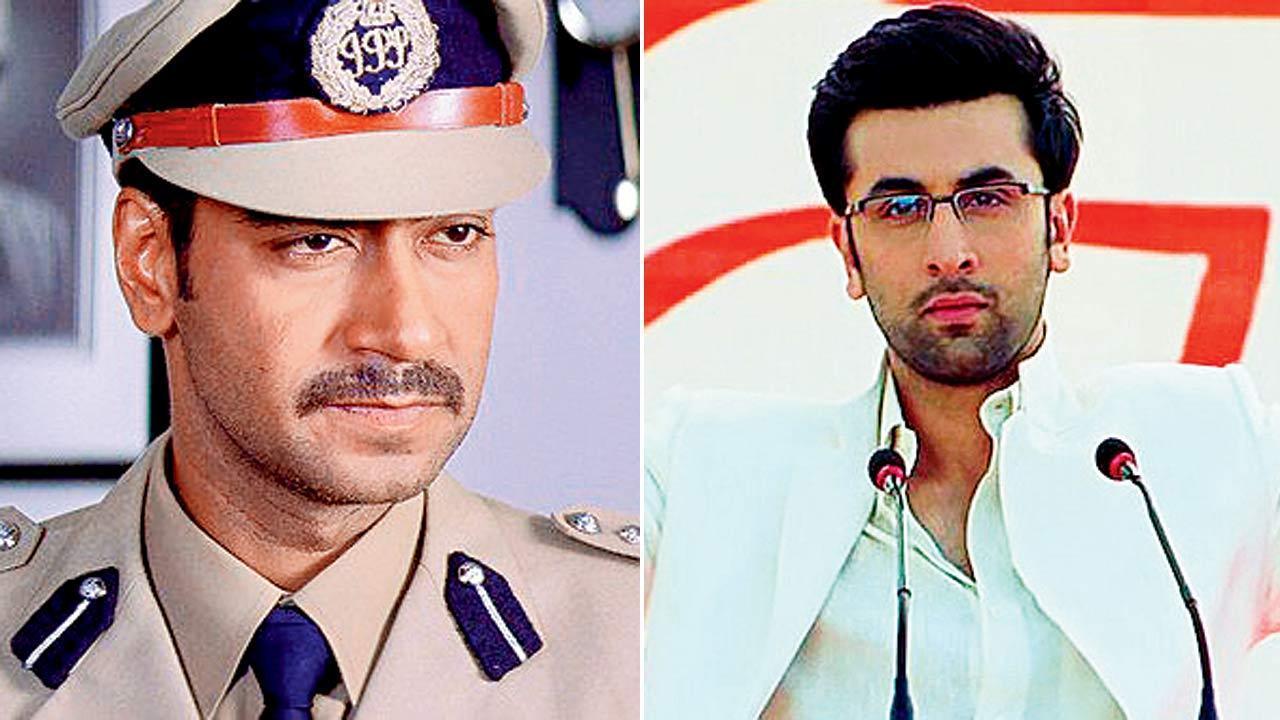
The T20 World Cup Sub Regional East Asia-Pacific Qualifier A witnessed an unprecedented event on Tuesday, as a new record for the most runs in a single over in T20 International (T20I) cricket was established. The historic moment occurred during the match between Samoa and Vanuatu, where a staggering 39 runs were amassed in one over, shattering the previous record that stood at 36 runs.
Samoa’s Darius Visser etched his name into cricket history books by hitting six sixes in a single over bowled by Vanuatu’s Nalin Nipiko. In addition to the six maximums, Nipiko contributed three no-balls, further inflating the over’s total to 39 runs. This extraordinary feat surpassed the previous records held jointly by cricket legends such as India’s Yuvraj Singh, West Indies’ Kieron Pollard, and others who had managed to score 36 runs in an over.
Yuvraj Singh originally set the benchmark by hitting Stuart Broad for six consecutive sixes in the 2007 T20 World Cup. It was a moment that has since become iconic in cricket lore. Following Singh’s footsteps, Kieron Pollard recreated the magic in 2021 by hitting Sri Lankan bowler Akila Dananjaya for six sixes, achieving the same 36-run over.
Earlier this year, Rohit Sharma and Rinku Singh combined efforts to accumulate 35 runs off Afghanistan’s Karim Janat. The over concluded with a wide, pushing the total to 36 runs. Likewise, Nepal’s Dipendra Singh Airee joined this exclusive club in April 2024, hitting Kamran Khan of Qatar for six sixes. Most recently before Visser’s feat, Nicholas Pooran registered 26 runs compounded by 10 extras in a match against Afghanistan’s Azmatullah Omarzai in June 2024.
Tuesday’s encounter between Samoa and Vanuatu was a watershed moment in T20 cricket. Darius Visser’s turn at the crease was nothing short of spectacular as he dominated Nipiko’s bowling. The first three balls were dispatched for sixes, inflating the score rapidly. The fourth ball, a no-ball, did not contribute any runs off the bat but added to the total due to the extra.
. On the subsequent legal delivery, Visser once again found the boundary, clocking up another six. The fifth ball saw no run scored, providing a brief respite for the beleaguered bowler.
However, Nipiko’s struggle continued as he bowled two more no-balls consecutively. One of these deliveries also resulted in another six, and Visser concluded this historic over with yet another maximum on the final legal delivery. In total, while Visser physically struck just 36 runs, the three no-balls contributed to bring the over’s tally to an astonishing 39 runs.
Significantly, the rules of cricket stipulate that no-ball runs are credited to the bowler’s figures and the team’s total rather than the batter’s tally. Therefore, despite hitting six sixes, Visser officially contributed 36 runs, matching the previous record. Nevertheless, the official record for the over, including extras, stands at 39 runs—a new high-water mark in T20I cricket.
This landmark achievement not only reverberates in the current cricketing world but also serves as a reminder of the evolving dynamics of T20 cricket where boundaries are pushed, and records are seemingly made to be broken. The Sub Regional East Asia-Pacific Qualifier A has now been etched into the annals of cricket history, showing once again that the gentleman’s game is as unpredictable as it is thrilling.
In context, the previous 36-run feats required sequences of six sixes uninterrupted by extras. The nuanced difference in Visser’s record, aided by no-balls, adds a unique dimension to the discussion about cricket records. It emphasizes the role of discipline and precision in bowling, especially in the T20 format, where a single over can dramatically shift the momentum of the game.
The astounding performance by Samoa’s Darius Visser resonates beyond the qualifiers, potentially inspiring future cricketers to chase new milestones. With such performances, the spirit of competition and the quest for excellence continue to thrive, fostering an ever-evolving narrative in the sport of cricket.










